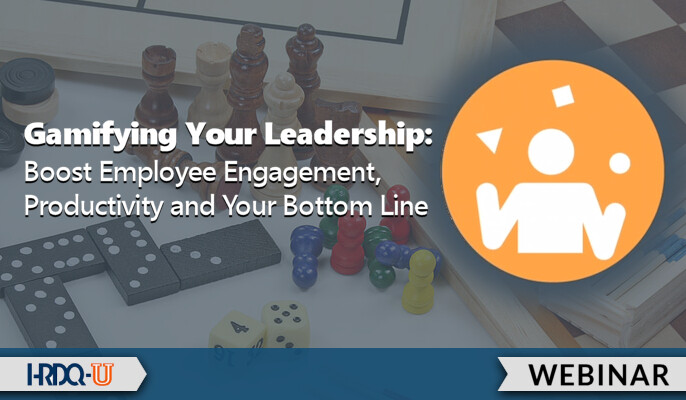Rate this post
Quick question for you: would you rather play a game by yourself or with others?
Self-determination Theory suggests that autonomy, relatedness, and mastery are vital human motivators, whether we are talking about working in the office or playing a video game. Every brain in the world is different, but for most of us, most of the time, we would rather play games with others than alone. As the title of a just-published study puts it, “Fun is more fun when others are involved.” Science confirms time and again, that relatedness – connecting to others and feeling something in common – is a key internal motivator.
















